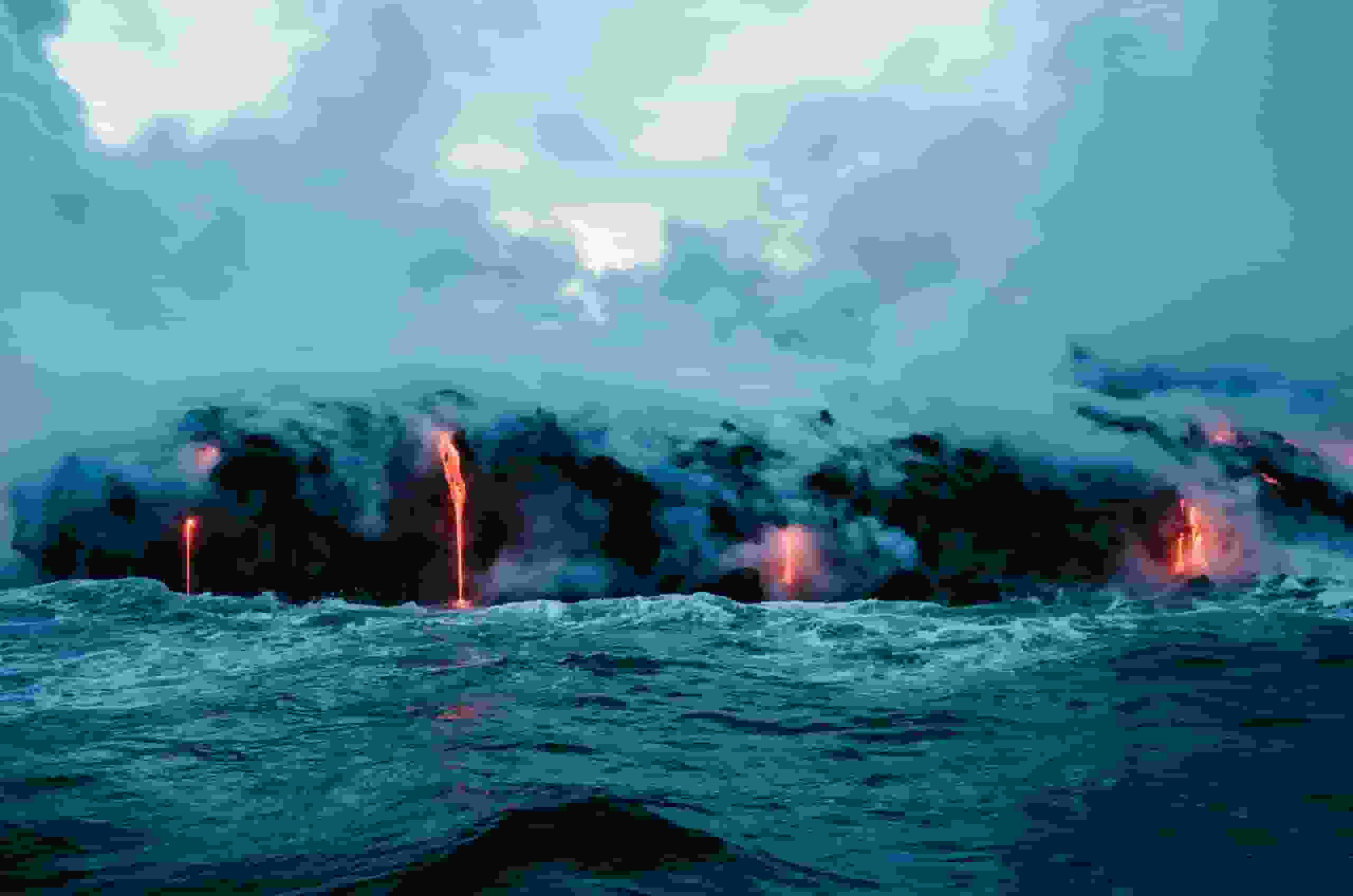
The surface of Jupiter innermost moon is covered with hot lava lakes and hundreds of active volcanoes, some of which spew molten rock hundreds of kilometers high. Numerous planetary scientists have been drawn to the moon’s restless, hypnotic hellscape over the years.
Jupiter’s Innermost Moon
Now, scientists are investigating the nature of Io’s hellish innards to determine what is responsible for the moon’s remarkable volcanism.
Planetary scientist Samuel Howell of NASA’s Jet Propulsion Laboratory in Pasadena, California, asserts, It’s the most volcanically active area in the solar system. However, the source of this energy is not entirely known.
The majority of Io’s energy is derived from a gravitational tug-of-war between its parent planet Jupiter and its sibling moon Europa.
These immense forces exert a pull on Io’s rocky body, causing the planet’s interior to generate enormous frictional heat. It remains a mystery, however, how this heat is stored and distributed.
David Stevenson, a planetary scientist at Caltech, suggested on December 15 at the American Geophysical Union’s fall meeting that Io’s underworld may contain a vast ocean of molten magma. The actual scale of the planned molten sea is unknown, but it would need to be pretty huge, he stated. The magma ocean may have a thickness of 100 kilometers.
Read more: Russian space agency declare rescue mission for 2 cosmonauts and NASA astronaut
The Study Of Jupiter

The picture was taken on July 5, 2022, as the Juno spacecraft passed by at a distance of around 50,000 miles. The Jovian Infrared Auroral Mapper (JIRAM) imager used infrared technology to photograph the volcano-covered surface (80,000 kilometers). Areas with brighter patches in the image are those with greater temperatures.
This flyby yielded important information on the volcanic activity and lunar surface. Juno will continue to orbit the moon and gather further information about its magnetism and interactions with Jupiter’s magnetosphere.
For those who are unaware, the spacecraft was sent to primarily investigate the formation and development of Jupiter, but it is currently extending its mission to investigate Jupiter’s satellites.
The four largest moons of the Earth, Callisto, Ganymede, Europa, and Io, are now being reached by spacecraft. These extra observations offer important new information about the moons and their properties.
Read more: Space industry gains major investors; Why do companies urge to partner with NASA?

